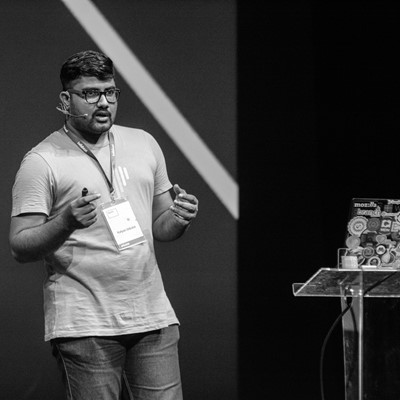Speaker 2019
 Kalyan Dikshit
Kalyan Dikshit
Kalyan Dikshit
Kalyan Dikshit is a Mozilla Tech Speaker, Representative, and part of its Hyderabad Community, India. His job has to do with Security and he spoke at the Internet Freedom Festival 2017, 2018, Still Hacking Anyway (SHA), All Systems Go! 2017. He recently gave a talk at “Shift DEV 2018” happened at Spilt in Croatia.
As a volunteer he localizes software for Mozilla, Tor, Orfox, Orbot, GlobaLeaks, Briar and OONIProbe. He currently also devotes his time with ICRISAT where he works, with drones to develop and trial techniques to connect farmers.
Founder of the “JAVA 1.X Hyderabad Chapter” giving lectures on the latest features and changes in Java. Co-founder of “Duck Duck Go Hyderabad Chapter”.
«Developer by Day, Hacker by Night.»